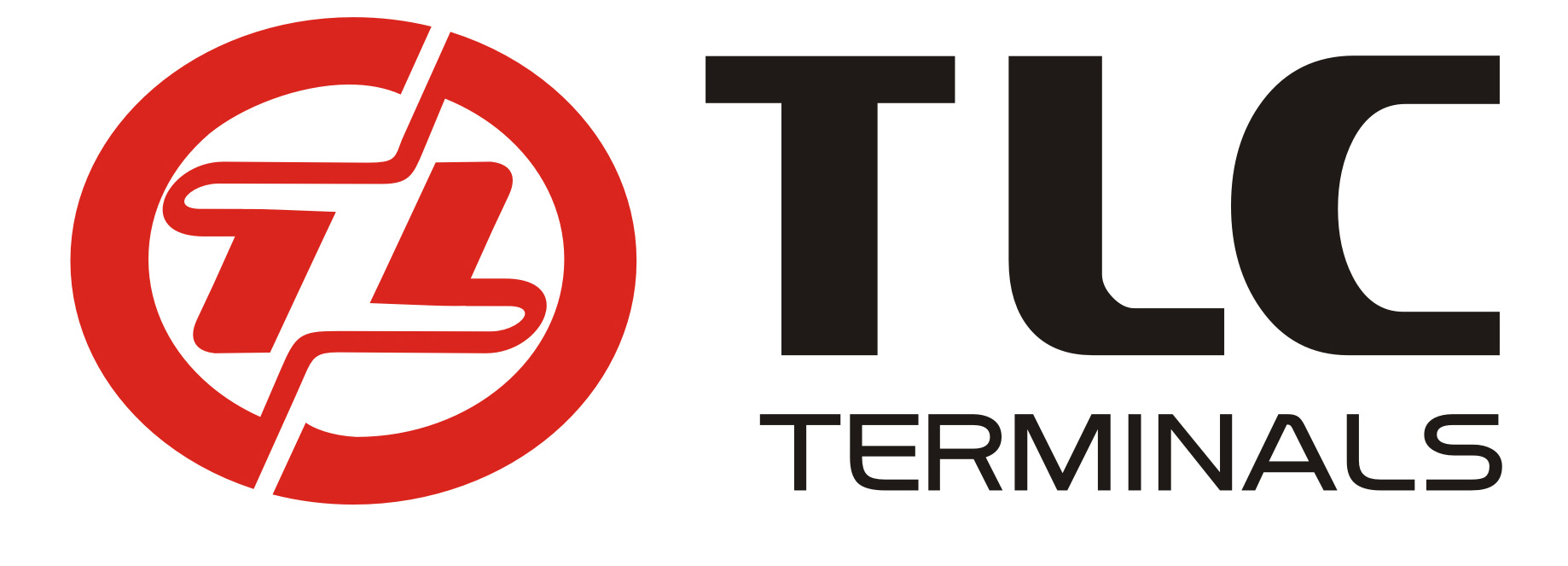Cold pressed terminal is also known as insulated terminal. Electronic connector and air connector belong to cold pressing terminal. Is used to achieve electrical connection of a kind of accessories products, industry is divided into the category of connectors. With the increasing degree of industrial automation and industrial control requirements more and more strict and accurate, the use of terminal blocks is gradually increasing. With the development of electronic industry, more and more types of terminals are used. At present, the most widely used in addition to PCB terminals, there are hardware continuous terminals, nut terminals, spring terminals and so on.
The continuous modes of cold pressed terminals can be divided into 6 types, namely: < br > and > 2
1. (solder type) < br > 0
It is important to form metal continuity between the tin wire and the surface to be welded. Therefore, solderability is important for connectors. Tin alloy, silver and gold are the most common coatings on the solder end of connectors.
2. (stab type) < br > 0
Puncture connection, also known as insulation displacement connection, has the characteristics of high reliability, low cost and easy to use. It is suitable for the connection of ribbon cable. When connecting, it is not necessary to strip the insulation layer of the cable. The tip of the U-shaped contact spring of the connector is inserted into the insulation layer, so that the conductor of the cable slides into the slot of the contact spring and is clamped, thus forming a close electrical connection between the cable conductor and the connector spring. It only needs simple tools, but the cable with specified wire gauge must be selected.
Types of cold pressed terminals and their continuous modes
3. (riveting type) < br > 0
Crimping is a technique to compress and displace metals within a specified limit and to connect conductors to contact pairs. Good crimping connection can produce mutual melting flow of metal, which makes the conductor and contact deform symmetrically to the material. This kind of connection is similar to cold welding connection, which can obtain better mechanical strength and electrical continuity, and can withstand worse environmental conditions. At present, it is generally believed that proper crimping is better than tin soldering, especially in the case of high current. Special crimping clamp or automatic and semi-automatic crimping machine shall be used for crimping. The conductor barrel of contact pair should be selected correctly according to the cross section of conductor. It should be noted that the crimp connection is permanent and can only be used once.
4. (surface mount) < br > 0
SMT (surface mount) is a rapid connection method of Conn at the end of the plate. The connection part of the plate end is filled with paste tin material in advance, and then the conn is accurately placed on the circuit at the end of the board by a special machine, and then connected after high temperature. Therefore, the plastics and transistors of SMT must be able to withstand high temperature.
5. In line assembly < br > 0
Dip (in-line assembly) is a connection method of Conn at the end of the board. The connector pin of Conn will be longer to insert into the hole on the corresponding plate, and then solder by dipping tin.
6. (winding) < br > 0
Wire wrapping is to wrap the wire directly on the contact winding column with edges and corners. During winding, the conductor is wound under the control of tension, pressed into and fixed at the edge and corner of the contact winding column to form air tight contact. There are several requirements for wire winding: the nominal value of wire diameter shall be within 0.25 mm ~ 1.0 mm; when the diameter of wire is not greater than 0.5 mm, the elongation of conductor material shall not be less than 15%; when the diameter of wire is greater than 0.5 mm, the elongation of conductor material shall not be less than 20%. The tools for wire wrapping include winding gun and fixed type winding machine.


 Address: Baolong 1st Road, Nanyue community,
Address: Baolong 1st Road, Nanyue community,  Contact: Mr. Zhang / +86 13428781508
Contact: Mr. Zhang / +86 13428781508 Contact: Miss He / +86 18025327872
Contact: Miss He / +86 18025327872 Email: alex-zhang@t-terminals.com
Email: alex-zhang@t-terminals.com Website: en.t-terminals.com
Website: en.t-terminals.com